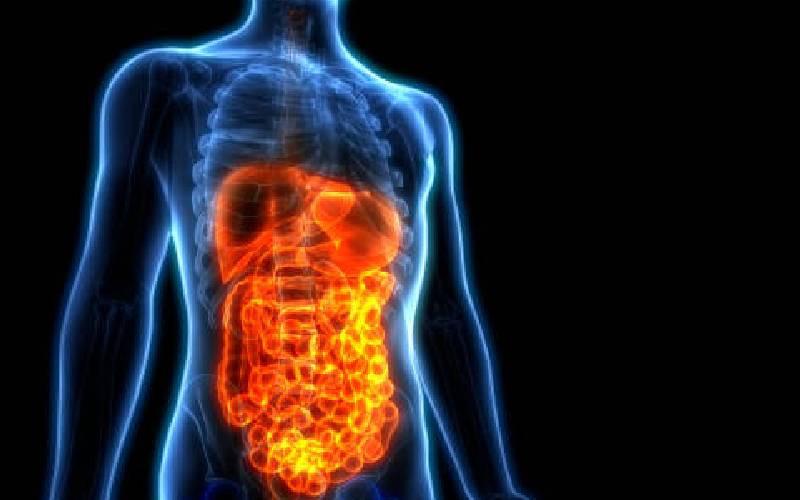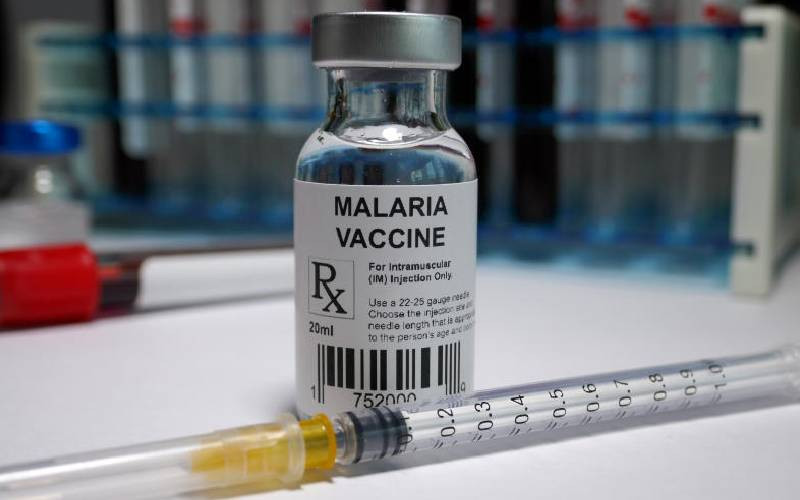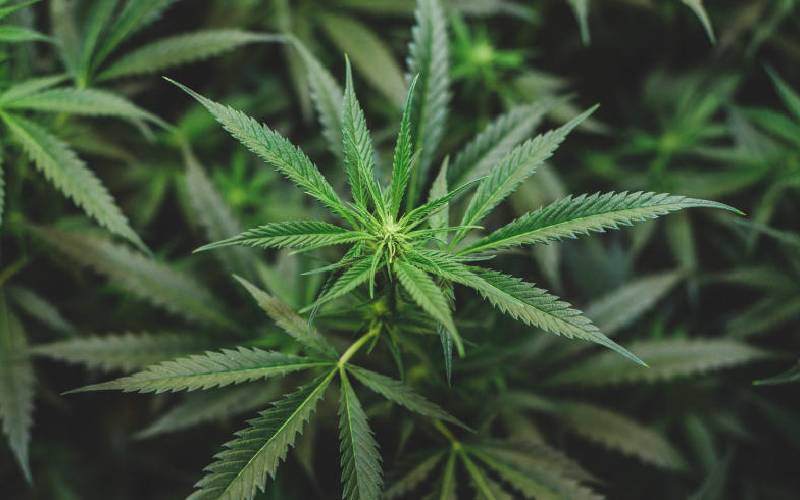
The gut is a massive tube made of organs starting at the mouth and ending at the anus. It provides the energy to live, grow and repair the body. So, how do you keep it healthy?
Your gut has many ways of alerting you when it isn't healthy, says gastroenterologist Dr Onyango Ayo of Kenyatta Hospital. Here are some indicators.
Pain: "Infections such as gastroenteritis can cause stomach pain, vomiting and diarrhoea. Lactose intolerance, an inability to digest sugar in milk and other dairy products, can trigger bloating. Gluten can also cause the immune system to attack the gut, causing abdominal pain and indigestion." Dr Ayo says.
"An absence of pain and bloating are good indicators of good gut health. Bowel movements are a decent indicator," he adds. "Moving your bowels should be pain-free and regular and shouldn't involve excess pushing."
Colour and buoyancy: The ideal stool is a medium-to-dark-brown sausage shape with a soft-to-firm consistency. Ayo says healthy ones tend to sink and don't stick to the toilet bowl. Floating stools indicate gas or fat from your diet.
"However, fatty stools can also imply gut or pancreas inflammation (pancreatitis) absorption issues," he says adding that a whole number of conditions can affect the gut, from heartburn, indigestion, and diarrhoea to constipation, irritable bowel syndrome (IBS) and cancer.
Reducing stress and anxiety helps with gut health. Eating healthy veggies, fruits, and fibrous foods and drinking water helps maintain a healthy balance of intestinal microbes.
"As with any community, the good microbes tend to be more than the bad and keeps them in check, but this balance can be affected by diet, infections or long-term use of antibiotics, which can cause the harmful bacteria to increase, spiking the risk of diseases such as obesity, IBS, and cancer.
Consuming a Western diet rich in sugar, processed foods, fast foods and alcohol imbalances the microbiome, which causes inflammation.
Further research has revealed that alcohol can disrupt the balance between good and harmful bacteria, leading to an increase in harmful microbes that release disease-causing toxins.
 The Standard Group Plc is a multi-media organization with investments in media
platforms spanning newspaper print
operations, television, radio broadcasting, digital and online services. The
Standard Group is recognized as a
leading multi-media house in Kenya with a key influence in matters of national
and international interest.
The Standard Group Plc is a multi-media organization with investments in media
platforms spanning newspaper print
operations, television, radio broadcasting, digital and online services. The
Standard Group is recognized as a
leading multi-media house in Kenya with a key influence in matters of national
and international interest.











